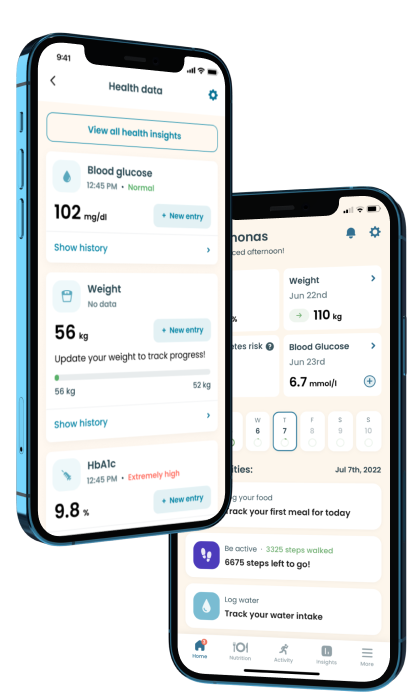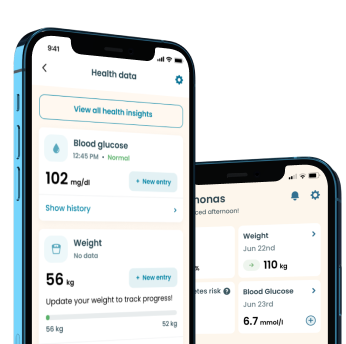Yogurt and Diabetes

Good
36
56 kcal
The relationship between yogurt and diabetes isn’t an easy one. On the one hand, it contains many important nutrients. On the other hand, it’s often very high in sugar, which as someone with diabetes, you must monitor carefully. So can you eat yogurt if you have diabetes?
The easy answer is - yes, you can absolutely enjoy yogurt. But there’s more to it than grabbing the first cup of yogurt you see at the supermarket.
Nutritional value
- Protein 6.6 g
- Carbohydrate 6.6 g
- Fat 0.3 g
- Fiber 0 g
- Sugar 6.6 g
- Cholesterol 3.4 g
What is Lactose?
Lactose is the sugar found in milk and other dairy products, including yogurt. When you eat one of these foods, enzymes in your digestive tract separate the lactose into glucose and galactose. However, the process is slow enough that lactose isn’t associated with dramatic spikes in blood sugar. For some diabetics, non-dairy yogurt may prevent the potential of a blood sugar increase after eating.
Take a quiz
Discover what Klinio app can do for you
Healthy diabetes meal plan crafted just for YOU

Personalized workouts with no equipment needed

Track your progress with smart tracking tools

Benefits of Yogurt for Diabetes
Regardless of the relationship between lactose and blood sugar, good or bad (which may vary among diabetics), it has some pretty great health benefits for diabetics as well. Because yogurt is a fermented food, it’s rich in probiotics.
Probiotics nurture the microbiome in your gut, optimizing digestion and warding off digestive complaints. Research links probiotics to lower glucose levels, as well as lower levels of insulin resistance. Some studies have also found that yogurt may also help prevent the development of type 2 diabetes.
How to Choose Yogurt
Yes, there are some major benefits to eating yogurt, but not all versions fit the bill. When it comes to yogurt and diabetes you need a version that contains live and active cultures. That tells you that it has an abundance of probiotics.
At the same time, you should choose yogurt that is low in added sugar. The ideal option contains less than 10 grams of sugar and fewer than 15 grams of carbohydrates per serving. Those high in protein are also a good choice. Unflavored Greek yogurt is probably the best choice.
How to Eat Yogurt
If you’ve opted for plain Greek yogurt, you know that it has a more pungent flavor than what you may be used to. You can serve it in ways that help add sweetness without the risk of spiking your blood sugar. Top your yogurt with sliced fruit. The fiber in the fruit helps slow digestion, keeping blood sugar levels stable.
Make sure you stick with one serving of yogurt to keep from overdoing it. Weight control is important when you have diabetes and a portion of yogurt, while being healthy, has more than some other snack options.
Yogurt should definitely have a place in your diabetic meal plan. Be sure you read labels carefully to be sure you’re choosing one that fits with your health goals. Yogurt is also great for making dips and marinades so don’t be afraid to experiment with it in the kitchen. Enjoy!

Download Klinio app!
Get more by downloading our free Klinio App. Analyze your health, form new habits and manage your diabetes anytime, anywhere.
OR
SCAN QR CODE



GET THE APP











